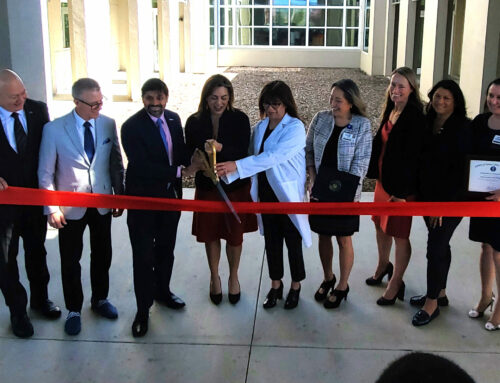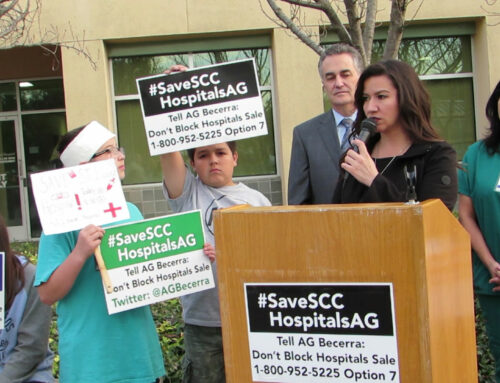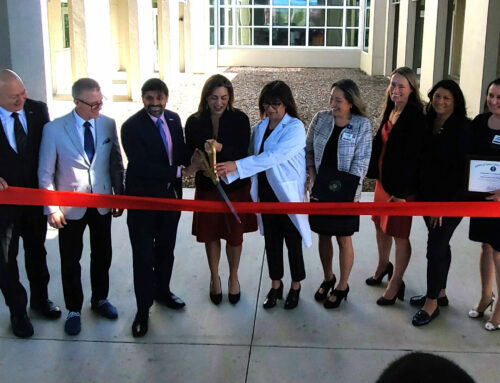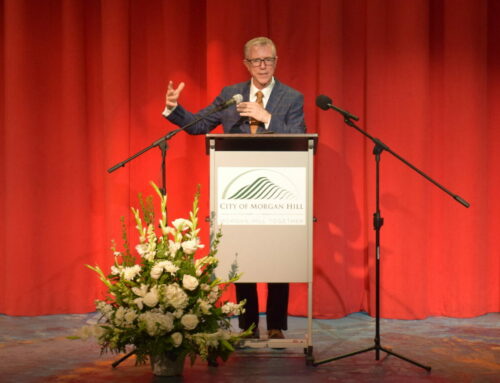The region has lots of parks to relieve stress, anxiety during COVID-19
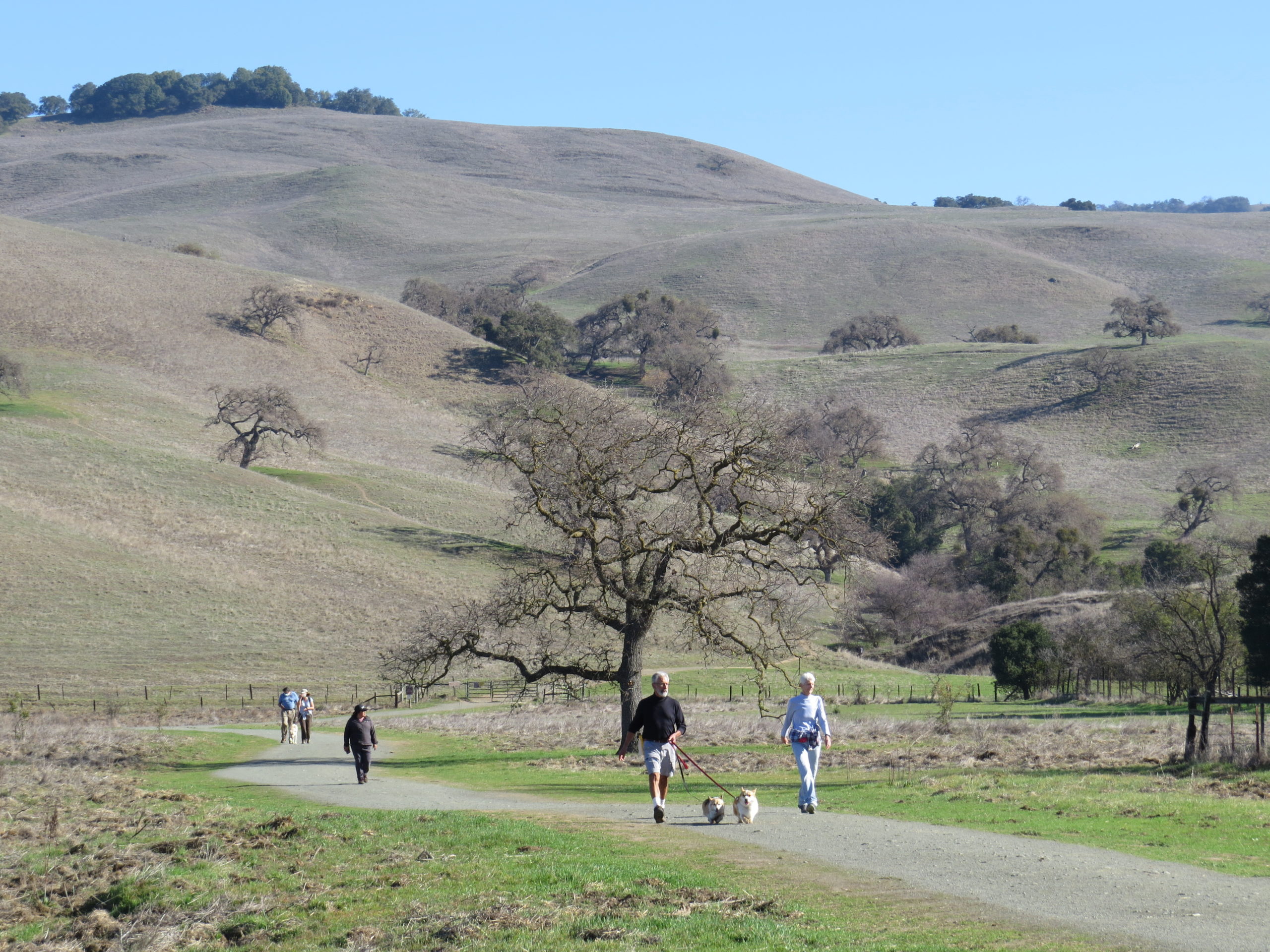
Photo by Marty Cheek
Enthusiasts stroll through Harvey Bear Ranch County Park during a recent nice January afternoon.
By Marty Cheek
During the COVID-19 crisis, many South Valley residents face emotional challenges. Taking a break from shelter-in-place and spending time safely enjoying the serenity of nature can boost the mood and improve mental health.
Luckily, the southern Santa Clara County region is blessed with a wide variety of parks and wilderness areas where people can escape from confinement for a few hours. And according to a study done by Stanford University researchers, spending quality time in the open air can help reduce stress, calms anxiety, and can lead to a lower risk of depression.
Specifically, the study, published in Proceedings of the National Academy of Science, found that people who walked for 90 minutes in a natural area, as opposed to participants who walked in a high-traffic urban setting, “showed reduced neural activity in an area of the brain linked to risk for mental illness compared with those who walked through an urban environment.” Taking a stroll through the great outdoors provides an abundance of low-cost health benefits both physical and mental.
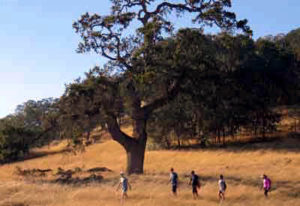
Photo by Marty Cheek
Hikers enjoy a day at Henry W. Coe State Park.
John Mark Kane, a therapist with the Discovery Counseling Center with sites in Gilroy and Morgan Hill, advocates the mental health benefits of hiking, walking, or biking in South Valley parks. Early in his career he used adventure programming therapy to assist people in getting over their anxieties. These involved 10-day stress-based adventure trips, including backpacking, rock climbing and repelling, to help clients learn coping skills in the wilderness. But people don’t have to engage in this extreme form of therapy to gain benefits from stepping outside into nature.
“Most people know that physical exercise has physiological benefits of stimulating the release of endorphins in your body,” Kane said. “That helps you to feel better.”
With the risks of the spread of the COVID-19 virus less outdoors than indoors, physical activity in nature can be a healthy way to get exercise while also being with other people in a relatively safer environment than inside a home if precautions such as mask wearing and social distancing are used, he said.
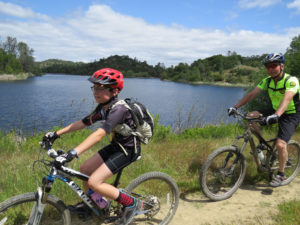 “You still need to find ways to connect with people for mental health,” he said. “You can have relationships of social distance and walk outside or hike outside. So you can have the added social benefits of being in a less restrictive environment of getting COVID and still have a connection, which is integral to being a human being.”
“You still need to find ways to connect with people for mental health,” he said. “You can have relationships of social distance and walk outside or hike outside. So you can have the added social benefits of being in a less restrictive environment of getting COVID and still have a connection, which is integral to being a human being.”
Kane sees a lot of clients coming in whose kids are shutting down because of the stress of COVID-19 and being locked down at home and not having any interactions with other children. He especially encourages parents to bring their children outside to hike or bike in the open spaces the Bay Area is blessed with. These include county parks, open space preserves and Henry W. Coe State Park.
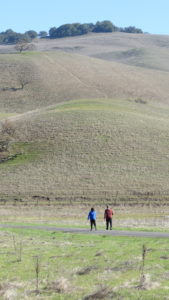 “You can do a lot of stuff outside with hiking when you get kids into it and make it part of a fun routine,” he said. “You got to get your kids outside. You also have social interactions.”
“You can do a lot of stuff outside with hiking when you get kids into it and make it part of a fun routine,” he said. “You got to get your kids outside. You also have social interactions.”
Physical exercise is one of the best antidotes to depression and anxiety. It releases in the human body endorphins, hormones that inhibit pain and produce a feeling of euphoria.
“When you feel better you’re less likely to be anxious and depressed,” he said. “Also, nature has a very calming effect. It’s a very calm, peaceful environment so if you’re stressed it’s a great place to be to relax if you add in the relational component.”
Santa Clara County holds an abundance of outdoor areas to enjoy a couple of hours connecting with nature. Many of them are within an easy drive from Morgan Hill and are open from 7 a.m. to sunset for public use. Here’s a list of some of the most popular parks:
Henry W. Coe State Park
 The largest state park in Northern California, with more than 87,000 acres of former ranch-land, Coe’s terrain is rugged and varied with lofty ridges and steep canyons. Within park boundaries are the headwaters of Coyote Creek, long stretches of the Pacheco and Orestimba creeks, and a 23,300-acre wilderness area. With enough winter rains, spring flowers will carpet the grasslands a short walk from the main entrance.
The largest state park in Northern California, with more than 87,000 acres of former ranch-land, Coe’s terrain is rugged and varied with lofty ridges and steep canyons. Within park boundaries are the headwaters of Coyote Creek, long stretches of the Pacheco and Orestimba creeks, and a 23,300-acre wilderness area. With enough winter rains, spring flowers will carpet the grasslands a short walk from the main entrance.
The park has more than 250 miles of hiking trails and old ranch roads that can be enjoyed in all seasons. Hikes in the park range from leisurely loops of about a mile and a half with little elevation variation to highly ambitious backpacking loops of 50 miles. Certain areas have been closed because of the wildfires this past summer, but there are still a bounty of wilderness to explore for day trips. The park has two main entrances. The Visitors Center is at the eastern end of Dunne Avenue about 11 miles from U.S. 101. East of Gilroy is the Hunting Hollow entrance off Roop Road.
Open Space Authority Preserves Trails
 The 5,428-acre Rancho Cañada del Oro Open Space Preserve offers 10 miles of trails perfect for hiking, mountain biking, and horseback riding. The entrance is located at 4289 Casa Loma Road west of Morgan Hill.
The 5,428-acre Rancho Cañada del Oro Open Space Preserve offers 10 miles of trails perfect for hiking, mountain biking, and horseback riding. The entrance is located at 4289 Casa Loma Road west of Morgan Hill.
- The Coyote Valley Open Space Preserve, a few miles north of downtown Morgan Hill, is a 343-acre preserve that encompasses rolling hills, oak woodland, serpentine rock outcroppings, and native grasslands. The four-mile Arrowhead Trail is available for hikers, cyclists, and equestrians. It’s located at 550 Palm Ave., Morgan Hill.
Santa Clara County Parks in or near the South Valley:
- Coyote Creek Parkway.
This scenic and paved parkway meanders along Coyote Creek for 15 miles from near Anderson Reservoir in Morgan Hill to south San Jose. It’s popular with bicyclists, rollerbladers, and hikers. South of Metcalf Road, an equestrian trail parallels the paved trail.
- Mt. Madonna County Park.
West of Gilroy along Hecker Pass, this is one of the most majestic of Santa Clara County’s regional park and recreation areas. This 4,605-acre park is dominated by the ecosystem of towering redwood trees of the Santa Cruz Mountain range. To the east, the park overlooks the Santa Clara Valley, to the west, Monterey Bay. As the slopes of Mt. Madonna descend toward the valley, the landscape changes from redwood forest to oak woodland, dense chaparral and grassy meadows. Visitors can learn about areas where Ohlone Indians hunted and harvested, and will understand why famed cattle baron Henry Miller spent his summers here. The park has two sites to enter. The Sprig Lake parking lot area provides an arduous choice of two hikes climbing up the mountain. For those who seek easier hikes, the Visitors Center entrance offers a variety of shorter hikes without the sharp elevation of trails.
- Uvas Canyon County Park.
This lushly wooded park of 1,147 acres at the end of Croy Road, is nestled in upper Uvas Canyon on the western side of South Valley. This mountain park offers plenty of opportunities for hiking among 7.2 miles of nature trails. The one-mile Waterfall Loop travels along Swanson Creek past many of the park’s waterfalls following winter rains. Because of its popularity and to control crowds during the coronavirus crisis, a reservation must be made before entering Uvas Canyon through the county park system website www.gooutsideandplay.org. Confirmation of your reservation must be printed and placed on your dashboard when parked inside of Uvas Canyon County Park.
- Calero County Park
A short drive west from the South Valley is one of Santa Clara County’s most diverse recreation areas. The 4,471-acre park is nestled in the eastern foothills of the Santa Cruz Mountains. The reservoir offers water-oriented recreational activities, and trails in the adjoining “back country” takes hikers through California Oak woodland, chaparral, riparian plant communities and associated wildlife habitats.
In addition, the park offers breathtaking views of southern Santa Clara County and the surrounding Santa Cruz Mountain Range. It is located at 23205 McKean Rd. in San Jose.
- Coyote Lake/Harvey Bear Ranch County Park
East of the community of San Martin lies a 6,695 acre regional recreation area that features a 449-acre lake popular for fishing and boating. The hills surrounding it offer 33 miles of trails used for hiking and mountain biking winding through oak forests and along breezy ridgelines that offer panoramic views of the South Valley communities. Hikers pass through a variety of habitats for many species of birds, reptiles, amphibians, insects and mammals such as the bald eagle and black-tailed deer and turkeys.
At the Bear Ranch trailhead, many local residents enjoy an easy 2-mile paved loop that is popular with joggers, dog-walkers, and people just wanting to get outside to exercise and get some fresh air. There are three entrances to the park that can be found on the county’s webpage for the park: Bear Ranch, Mendoza Ranch and Coyote Lake.
- Almaden Quicksilver County Park:
A short and scenic drive from the South Valley region, this 4,163-acre park is a colorful part of California history. Its past features more than 135 years of mining activities and former home in the village of New Almaden to more than 1,800 miners and their families. During early spring if enough winter rains water the region, the park offers one of the most spectacular wildflower displays in the county. Remnants of the mining era also offer an exciting look into the mining operations of the latter part of the 19th century. The park includes more than 37 miles of hiking trails, including 30 miles of equestrian trails and 16.6 miles of bike trails. All trails in the park are also open to pet owners to walk their dogs on leash.



